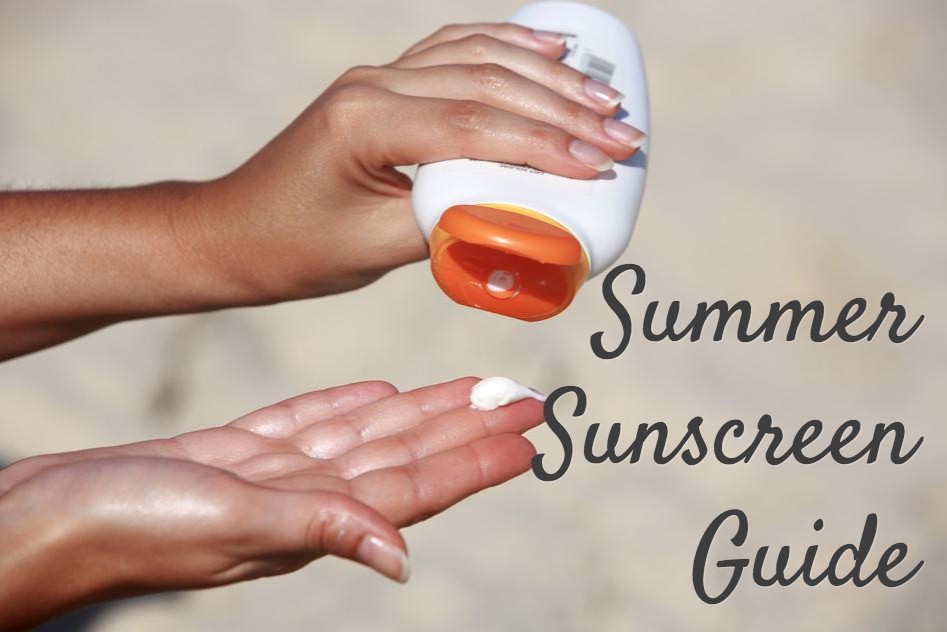As you prepare to send your kids back to school, you probably tend to focus on clothes, shoes and a fresh haircut. After all, that’s what the kids care about, right?
However, a major part of back-to-school preparation needs to be sunscreen, especially if your son or daughter participates in outdoor activities like football, soccer, cheerleading and the marching band. These squads typically spend several hours each day in the sweltering Texas sun, so the right sunscreen is absolutely essential.
With different types of sunscreen that include different types of ingredients, what exactly is the right sunscreen? This summer sunscreen guide will help you make the right choice.
Related: How to Choose the Best Sunscreen for Your Skin
2 Types of Sunscreens
There are two types of sunscreen – chemical and physical.
Chemical Sunscreens
Chemical sunscreen absorbs energy delivered by the sun. This leads to a chemical reaction on the skin, which is why a chemical sunscreen tends to make people warmer. Chemical sunscreen typically doesn’t last as long and has a lower SPF. They also have a more noticeable aroma.
Most chemical sunscreens are sprayed on. Sprayed-on chemical sunscreens are convenient because they don’t require as much rubbing in. They can provide solid protection, but only if applied thoroughly. Most people don’t spray carefully enough to ensure even coverage, which can leave you more susceptible to sunburn.
Related: Here’s What Really Happens to Your Skin When You Get a Sunburn
Physical Sunscreens
Physical sunscreens are the white sunscreens that have zinc or titanium dioxide and reflect the sun’s rays. It’s kind of like wearing a hat. As a result, physical sunscreens keep you cooler, last longer and tend to have a higher SPF. They almost always need to be rubbed in, so application takes longer than spray-on sunscreens.
Physical sunscreens also have a broad spectrum of activity – UVA and UVB. This is very important because these are the types of energy that we believe lead to skin cancer. UVB is the type of radiation that causes sunburn, and SPF is based on the sunburn factor.
We recommend a sunscreen that includes zinc or titanium dioxide. Think about that for a second. These are metallic elements that act as a shield to protect your body from the sun. That’s strong protection! Zinc and titanium oxide are heavier ingredients most commonly found in physical sunscreens that are rubbed in.
When you go back-to-school shopping, add sunscreen to your list. Sunscreen is essential if your kids will be hitting the practice field before they hit the classroom. Look for a physical sunscreen with zinc and titanium oxide. And if you go with a sprayed-on chemical sunscreen, make sure you apply it evenly and reapply often!

Dr. R. Todd Plott is a board-certified dermatologist in Coppell, Keller, and Saginaw, TX. His specialization and professional interests include treating patients suffering with acne, identifying and solving complex skin conditions such as psoriasis, rosacea, atopic dermatitis, and identifying and treating all types of skin cancers. In his spare time, Dr. Plott enjoys cycling, traveling with his wife, and spending time with his children and new grandson.
Learn more about Dr. Plott.


